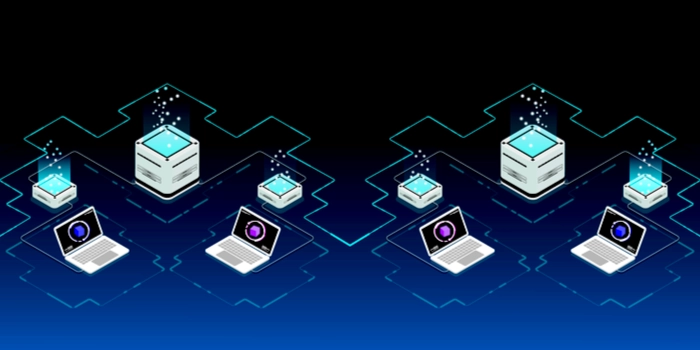As 2020 comes to a close, we're reflecting on the sea of change so many businesses have experienced this year. Organizations of all sizes have adapted their approach to the new normal, upended routine business processes to meet new needs, and created highly productive remote workforces. And while this process has no doubt posed its challenges, the resounding impression has been one of resilience. So, going into the new year, we wanted to share some resolutions for a more innovative - and cybersecure - 2021.
Here Are 5 of Our Top Recommendations for a Cybersecure 2021:
1. Inventory Hardware and Software Assets
If you want comprehensive coverage across your network, you need a clear view of your attack surface. Your IT team should document all authorized devices and software that your organization runs. If they find unvetted and unauthorized devices, their first priority should be to disconnect those from your network.
- Secure business devices, and enforce restrictive security guidelines for personal devices. Don’t let unsecured devices onto the network, and create guest networks for visitors.
- Monitor users' access to your network, record authentication errors and unauthorized access, and sweep for unusual user behavior.
- Create an escalation workflow for afterhours incidents involving unauthorized devices.
2. Secure Configurations for Hardware and Software
When mobile devices, laptops, and workstations are designed, manufacturers often use default configurations for ease-of-use. However, this can lead to cyber vulnerabilities such as old protocols, pre-installation of unneeded bloatware, and open ports. Your IT team needs to be proactive when it comes to securely configuring your hardware and software.
- Records past events and incidents— such as configuration changes, anomalies in traffic, unusual behavior by privileged users, etc.—to build a complete picture of threats.
- Maintain documented security configuration standards for all operating systems and software in use.
- Utilize a Security Content Automation Protocol (SCAP)-compliant configuration monitoring system.
3. Continuously Manage Vulnerabilities
Your IT team must have 24x7 cybersecurity operations that manage vulnerabilities, monitor and detect threats, and respond to malicious and risky activity in real time. Prioritize high-risk vulnerabilities and intrusions over non-essential tasks. It is also critical to understand how these security risks impact larger business decisions, particularly those involving remediation.
4. Control Administrative Privileges
Administrative credentials are incredibly valuable to cybercriminals looking to access your organization's data. If your employees use simple, duplicate, and poorly managed passwords, it is easier for hackers to access sensitive administrative accounts.
- Ensure all employees use password managers, single sign-on, and multi-factor authorization.
- Create policies that require unique and complex passwords for every employee.
- Make sure your staff is updated on security training and warned about current known threats, such as phishing attacks.
- Ensure your IT team can access all 3rd-party software applications containing sensitive data.
5. Maintain, Monitor, and Analyze Audit Logs
Without audit logs, your company is leaving the door open to additional attacks and damages. Most IT teams keep audit records for compliance purposes, but attackers know there are many organizations who lack the time or resources to review logs on a regular basis. Enable local logging on all systems and devices, and create a workflow to analyze and review log data in real time. For more information about any of the above cybersecurity solutions, reach out to iCorps for a free IT security consultation.


![[BLOG] What to Do If Your Business Is Still Running Office 2010](https://blog.icorps.com/hs-fs/hubfs/What-to-Do-If-Your-Business-Is-Still-Running-Office-2010V2.png?width=600&name=What-to-Do-If-Your-Business-Is-Still-Running-Office-2010V2.png)



